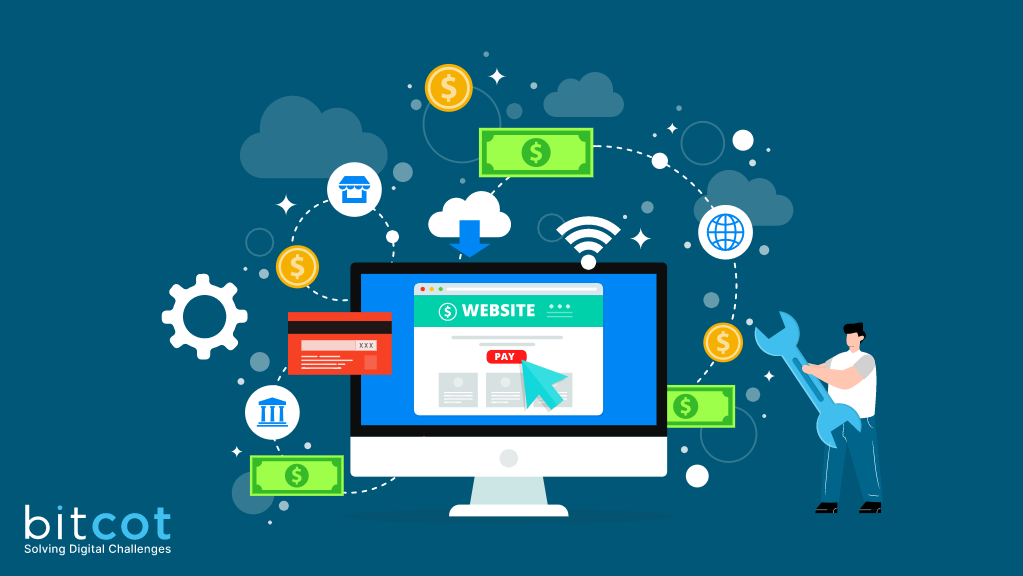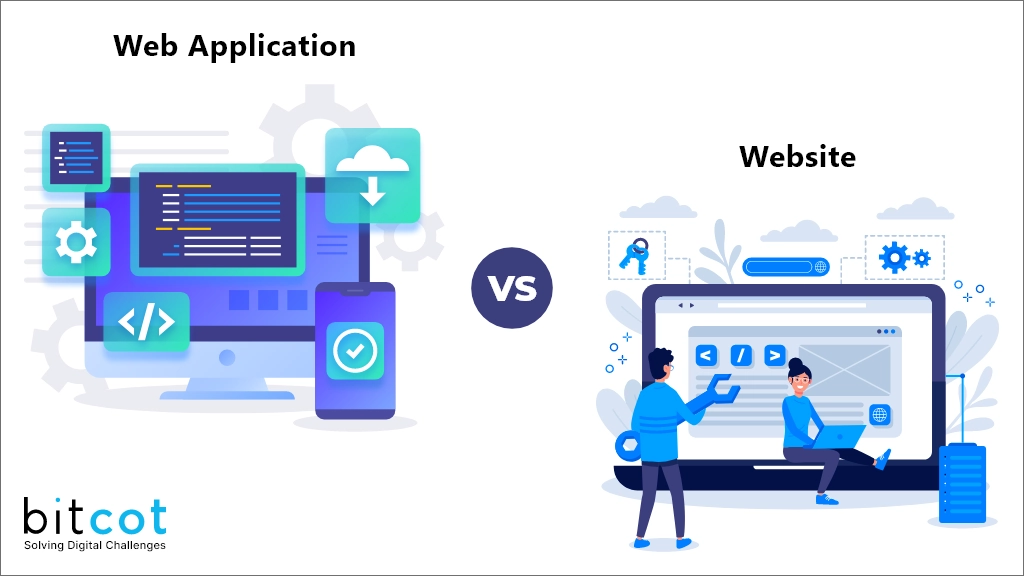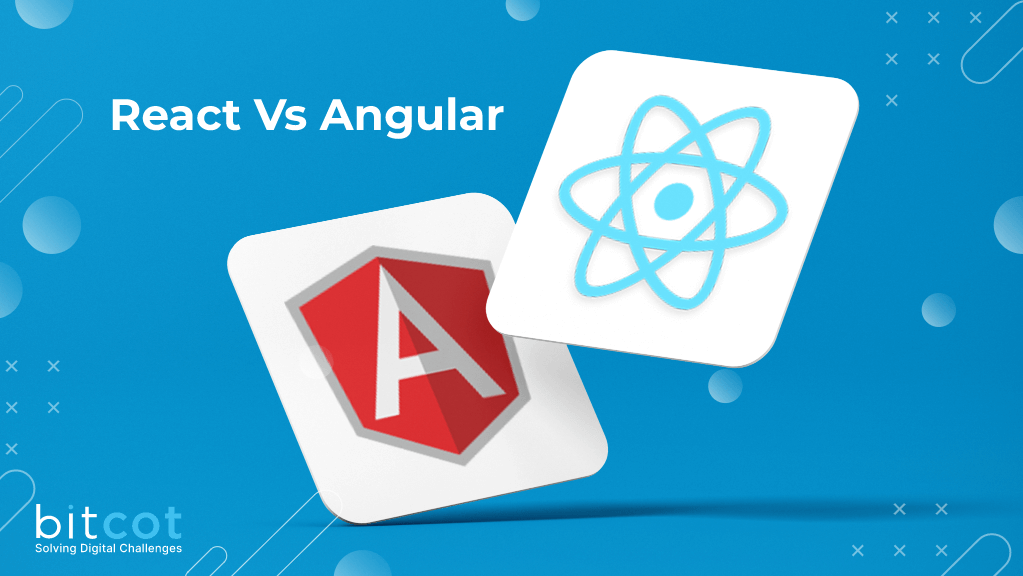
In the rapidly evolving digital landscape of 2023, websites have become a fundamental component of virtually every business and organization. They serve as the digital storefronts, communication hubs, and marketing platforms for companies of all sizes. As a result, the importance of website maintenance cannot be overstated. It’s a critical aspect of ensuring that your online presence remains effective, secure, and up-to-date. In this comprehensive guide, we will delve deep into the world of website maintenance costs in 2023
The Fundamentals of Website Maintenance
- Why Is Website Maintenance Essential?
In this section, we’ll explore why website maintenance is essential for businesses in 2023. We’ll discuss the role of websites as digital assets, their impact on user experience, and the consequences of neglecting maintenance. - The Key Components of Website Maintenance
Website maintenance is a multifaceted endeavor. We’ll break down the core components, such as hosting, security, content updates, technical maintenance, and performance optimization, providing an in-depth understanding of each.
Hosting Costs and Considerations
- Types of Hosting
We’ll delve into the various types of hosting options available in 2023, from shared hosting to dedicated servers and cloud hosting. Each has its own cost implications and suitability for different types of websites. - Hosting Costs in 2023
Hosting costs can vary widely based on factors like the hosting provider, the chosen plan, and the specific needs of your website. We’ll provide a detailed breakdown of hosting costs, including typical price ranges.
Example Costs:
Shared Hosting: $5 – $20 per month
VPS Hosting: $20 – $100 per month
Dedicated Hosting: $80 – $300 per month
Cloud Hosting: $10 – $500+ per month - Evaluating Hosting Providers
Not all hosting providers are created equal. We’ll guide you through the process of evaluating hosting providers, considering factors like uptime guarantees, customer support, and scalability.
Security and Updates

- The Importance of Website Security
Security is a top priority in the digital age. We’ll discuss the significance of website security, the risks of neglecting it, and the costs associated with security breaches. - Security Measures and Costs
You’ll learn about essential security measures such as SSL certificates, firewalls, and regular security updates. We’ll provide insights into the costs involved in securing your website in 2023.
Example Costs:
SSL Certificate: $50 – $200 per year
Firewall Subscription: $100 – $500 per year
Regular Security Updates: $300 – $1,000 per year
Content Updates and Management
- The Value of Fresh Content
Regularly updating your website’s content is vital for keeping visitors engaged and informed. We’ll explore why content updates matter and their impact on SEO. - Content Update Costs
Content updates can vary in complexity and frequency. We’ll provide a comprehensive breakdown of the costs associated with keeping your website’s content current and relevant.
Example Costs:
Monthly Blog Updates: $100 – $500 per month
Quarterly Product Additions: $200 – $1,000 per update
Technical Maintenance
- The Role of Technical Maintenance
Technical maintenance involves updates to your website’s CMS, plugins, and other technical aspects. We’ll discuss why this maintenance is essential for functionality and security. - Technical Maintenance Costs
The costs of technical maintenance can vary based on the complexity of your website and the extent of updates required. We’ll provide a detailed analysis of these costs.
Example Costs:
CMS Updates: $200 – $500 per year
Plugin Updates: $100 – $300 per year
Technical Support and Maintenance: $500 – $2,000 per year
Backup Solutions
- The Importance of Regular Backups
Regular backups are your safety net in case of data loss or disasters. We’ll explain why backups are crucial and the potential costs of data recovery without proper backup solutions. - Backup Costs
Certainly, let’s delve into some cost examples for backup solutions, including automated backup services and disaster recovery plans. These costs can vary based on factors like the size of your website, data volume, and your chosen service provider. Here are some cost estimates to provide insights into what you might expect:
Automated Backup Services:
Basic Automated Backups: Many hosting providers offer basic automated backups as part of their hosting plans. These typically include daily or weekly backups. Costs are often included in the hosting fee. For example, a shared hosting plan with automated backups may cost around $10 – $20 per month.
Premium Automated Backups: If you require more frequent backups or longer retention periods, you might opt for premium automated backup services. These can cost anywhere from $20 to $100 per month or more, depending on the provider and the level of service.
Third-Party Backup Solutions:
Cloud Backup Services: Cloud-based backup solutions like AWS Backup, Azure Backup, or Google Cloud Backup can offer highly scalable and customizable backup options. Costs vary depending on the volume of data you need to back up, but as a rough estimate, you might budget around $0.01 to $0.10 per gigabyte per month.
Backup Plugins: For websites built on platforms like WordPress, you can use backup plugins. These often have free versions with basic features and premium versions with advanced functionality. Premium backup plugins may cost between $50 and $200 per year.
Disaster Recovery Plans:
Data Center Redundancy: If you operate a mission-critical website, you might consider setting up redundant data centers to ensure data availability in case of a catastrophic failure. Costs for data center redundancy can be substantial, ranging from thousands to tens of thousands of dollars per month, depending on the scale and complexity.
Managed Disaster Recovery Services: Managed disaster recovery services can provide a turnkey solution for disaster recovery planning. Costs can vary widely based on the scope and service level agreement (SLA) but often start at a few hundred dollars per month and increase with the complexity of the setup.
SEO and Performance Optimization
- The Role of SEO and Performance Optimization
A well-optimized website ranks higher in search engines and provides a better user experience. We’ll explore the importance of SEO and performance optimization. - Costs of SEO and Performance Optimization
In 2023, the costs associated with SEO and performance optimization efforts can vary widely. We’ll detail these costs based on factors like keyword research, on-page optimization, and website speed enhancement.
Keyword Research:
Basic Keyword Research: This involves identifying relevant keywords for your industry and business. A basic keyword research service may cost around $200 – $500.
Comprehensive Keyword Research: For a more in-depth analysis, including competitor research and long-tail keyword identification, you might pay between $500 and $1,500 or more.
On-Page Optimization:
Title Tag and Meta Description Optimization: Optimizing title tags and meta descriptions for a small website may cost $100 – $300. For larger websites with more pages, the cost can increase.
Content Optimization: Depending on the number of pages and the extent of content optimization required, costs can range from $300 to $1,000 or more.
Technical SEO Audit and Fixes: Conducting a technical SEO audit and implementing fixes can range from $500 to $2,500 or higher, depending on the complexity of the website.
Off-Page SEO:
Link Building: The cost of link building varies widely based on the number and quality of backlinks you aim to acquire. A link-building campaign can range from $500 to $5,000 or more per month.
Local SEO:
Local SEO Optimization: Local SEO services for small businesses typically range from $300 to $1,500 per month, depending on the level of competition and the number of locations you want to target.
Website Speed Enhancement:
Website Speed Optimization: Improving website speed can cost between $300 and $1,000 or more, depending on the size and complexity of your site. This may include tasks like image optimization, server optimizations, and code improvements.
Content Creation:
Blog Post Creation: High-quality blog posts can range from $100 to $500 per post, depending on the length and complexity of the content.
Infographics and Visual Content: The cost of creating infographics or visual content can vary widely, from $200 to $1,000 or more per piece.
Monthly SEO Retainers:
Monthly SEO Services: Many SEO agencies offer monthly retainer packages that include a combination of services such as ongoing optimization, monitoring, and reporting. Monthly retainers can range from $500 to $5,000 or more, depending on the scope of services and the competitiveness of your industry.
E-commerce Maintenance (if applicable)

- E-commerce Considerations
For businesses with e-commerce websites, additional maintenance costs come into play. We’ll discuss the specific considerations for maintaining e-commerce websites. - E-commerce Maintenance Costs
E-commerce maintenance costs encompass payment gateway fees, product updates, and security measures. We’ll provide a breakdown of these costs and strategies for optimizing e-commerce maintenance.
Design and Redesign
- The Role of Design
Website design plays a crucial role in user engagement and branding. We’ll explore why periodic design updates or complete redesigns may be necessary. - Design and Redesign Costs
The costs of design updates or redesigns can vary significantly. We’ll discuss factors influencing these costs and provide examples of design projects with associated expenses.
Customization and Additional Costs
- Customization Needs
Every website has unique needs. In this section, we’ll discuss how customization requirements can impact maintenance costs. - Unexpected and Additional Costs
We’ll also address unexpected costs that may arise due to unforeseen issues, emergencies, or regulatory changes. Being prepared for
Empower your online presence in 2023 with BitCot. Get a quote to discover the perfect website maintenance plan for your business’s success!”









